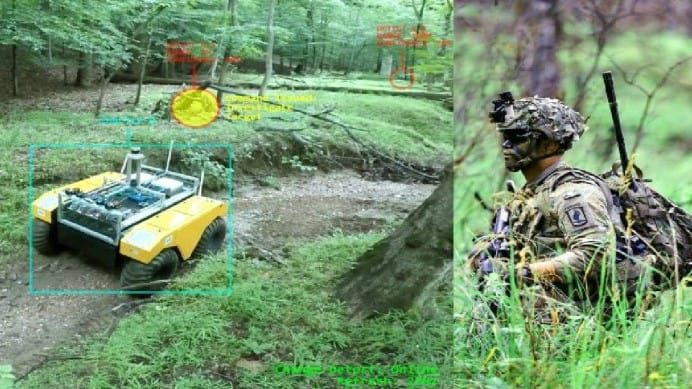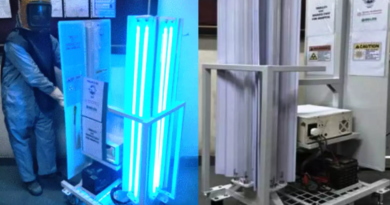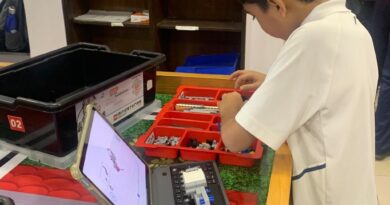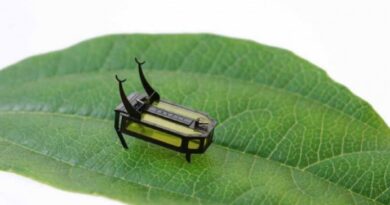New Army Robot Detects and Reports Changes in the Environment in Real Time
The slightest change on the field could forewarn of danger to a soldier.
When you are a soldier in the field, even the slightest change could be a forewarning of danger. That’s why, the U.S. Army is developing robots that can detect these dangers and communicate them back to human soldiers in real-time.
“This could let robots inform their soldier teammates of changes in the environment that might be overlooked by or not perceptible to the soldier, giving them increased situational awareness and offset from potential adversaries,” said Dr. Christopher Reardon, a researcher at the U.S. Army Combat Capabilities Development Command’s Army Research Laboratory. “This could detect anything from camouflaged enemy soldiers to IEDs.”
The new research saw a small autonomous mobile ground robot, equipped with laser ranging sensors known as LIDAR, paired with a human soldier using augmented reality glasses. The robot was made to patrol the field several times, each time comparing its current and previous environment and successfully detecting any changes.
Those changes were then instantly sent to the soldier’s glasses. The army research attempted to determine whether the soldier could successfully interpret the documented changes and tested different resolution LIDAR sensors to help achieve this task.
The findings revealed that human teammates could even make sense of the data from the lower-resolution LIDARs. This means that lighter, smaller, and less expensive but faster sensors could perform just as well as larger slower ones. Now the team is seeking to incorporate the new feature into soldiers’ current mixed-reality goggles.
“Incorporating mixed reality into soldiers’ eye protection is inevitable,” Reardon said. “This research aims to fill gaps by incorporating useful information from robot teammates into the soldier-worn visual augmentation ecosystem, while simultaneously making the robots better teammates to the soldier.”
Future studies will now focus on how to strengthen the teaming between humans and robots. This will be achieved by exploring how humans respond to the changes detected by the robots.
The researchers seek to understand whether humans can differentiate between changes made by potentially dangerous adversaries and natural environmental changes or false positives. This research will also serve to improve the robot’s understanding of what types of changes actually constitute a threat.




